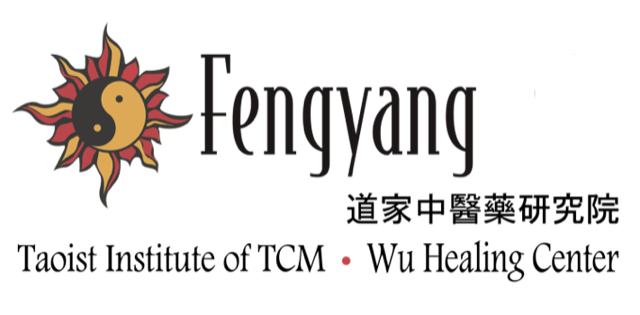Ambassador Herbs in Traditional Chinese Medicine (Part 1!)
Did you know that TCM herbal formulas are typically composed of a set of herbs that fulfill specific roles and work harmoniously to accomplish the desired result?
A typical formula consists of:
One or two Emperor herbs that have main action;
A few Assistant herbs that augment or support the action of the emperor herbs;
Several Minister herbs that mitigate the unwanted actions of the emperor herbs and;
One or two Ambassador herbs that bring the formula to the proper meridian and general location of the body.
In this article we will be discussing some of the key Ambassador herbs used for directing healing to specific areas of the body.
Sinuses
Cang Er Zi
CANG ER ZI - 苍耳子 - FRUCTUS XANTHII is an herb that directs energy to the sinuses. It is used for cases of Wind Heat. For cases of wind cold, GUI ZHI TANG - 桂枝湯 - CINNAMON TWIG DECOCTION is used.
Arms and Shoulders
Jiang Huang
The same two herbs as above are used, for either cold or heat types respectively. For shoulder issues, Turmeric (JIANG HUANG - 姜黄 - RHIZOMA CURCUMAE LONGAE) can be added to direct either herb to the shoulders.
Legs
Qian Jin Ba
Qian Jin Ba (千斤菝) - Flemengia Philippinensis is a wild herb with very strong roots. As such, it makes sense that it would support the legs. Dr. Wu typically combines this herb with Dan Shen - 丹参 and with with Ji Xue Teng - 雞血藤 for any kind of leg, feet, and/or lower back pain.
Joints
Song Jie
SONG JIE - 松节 - LIGNUM PINI NODI is a particularly hard part of pine tree wood that comes from knots in the tree. As such, it is very strengthening to the knots, or joints, of the body!
Look out for our post next week, where we will share more about other herbal Ambassadors!
Disclaimer: All above articles are for reference only. If patients are interested, please consult a professional practitioner Traditional Chinese Medicine for a consultation.





